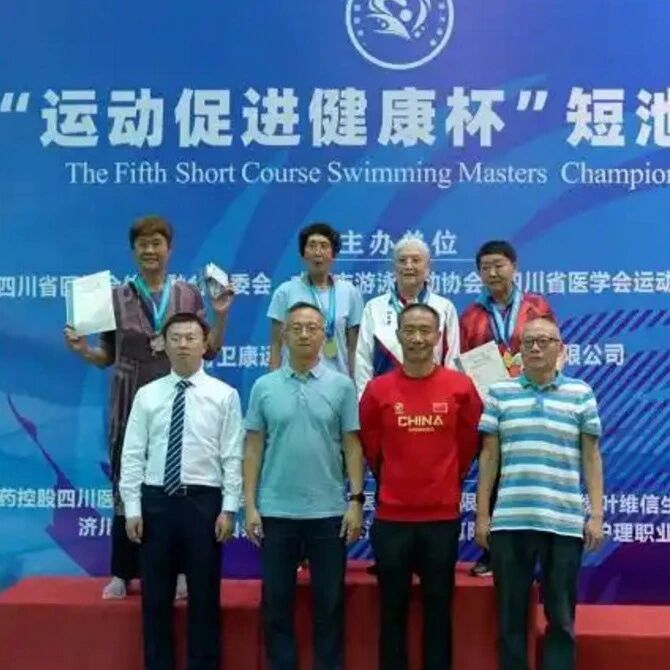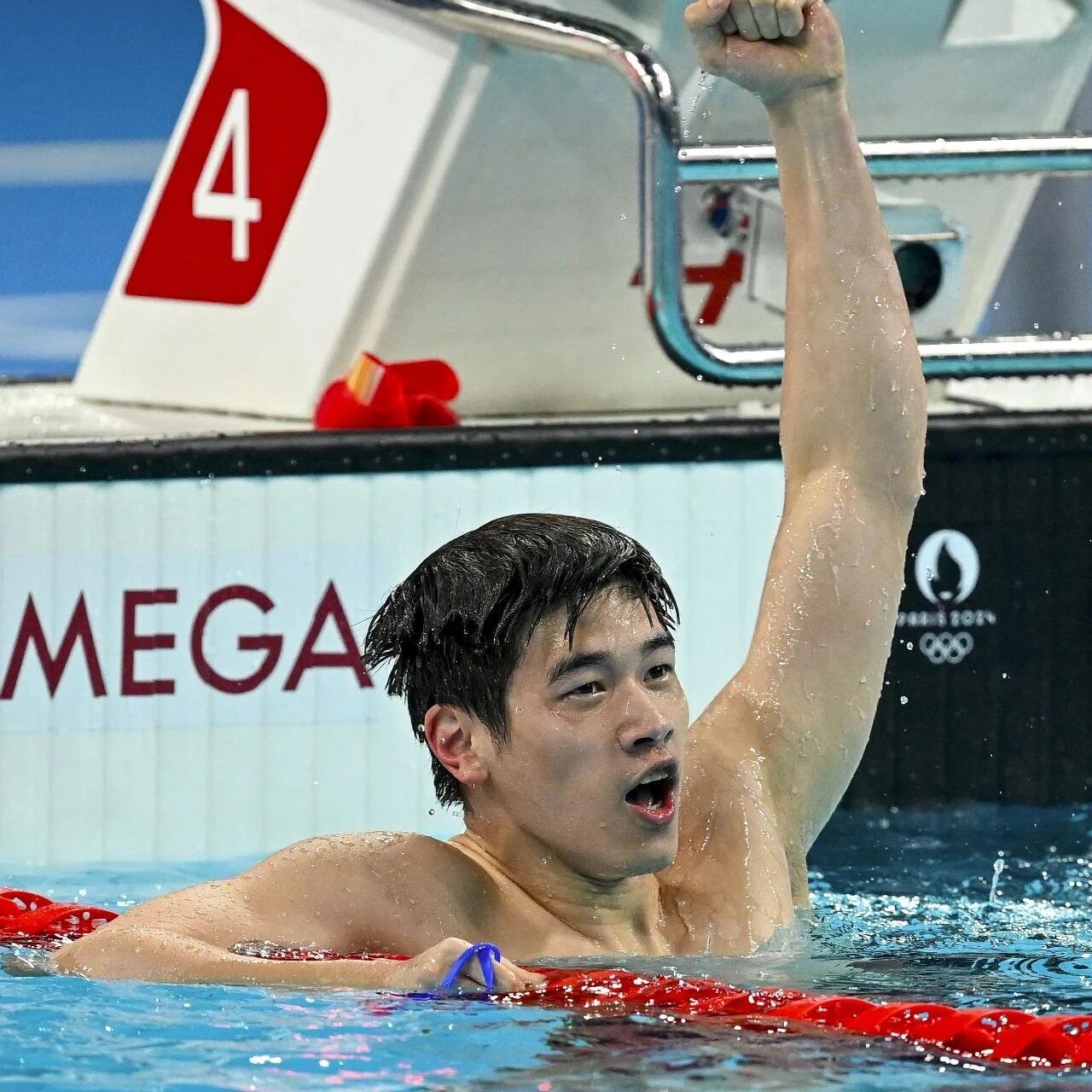Six 50-meter runs: Save the important stuff for three times.
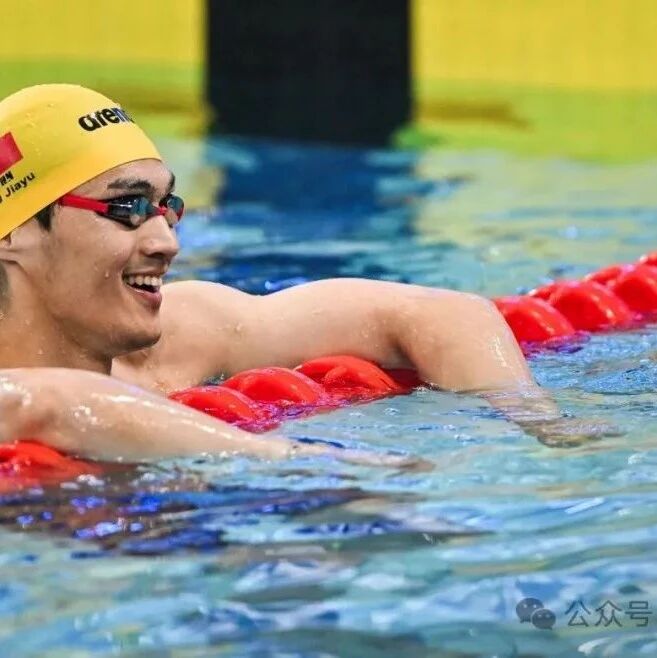
"Swim" far together, radiating "divine" energy!


The 2028 Los Angeles Olympics will add six new 50-meter swimming events, which clearly favor athletes from Europe and America—especially those from the U.S.

So, how does this impact Chinese swimming? Here, following the principle of "saying the most important thing three times," let's discuss this issue—combining historical context with current realities.
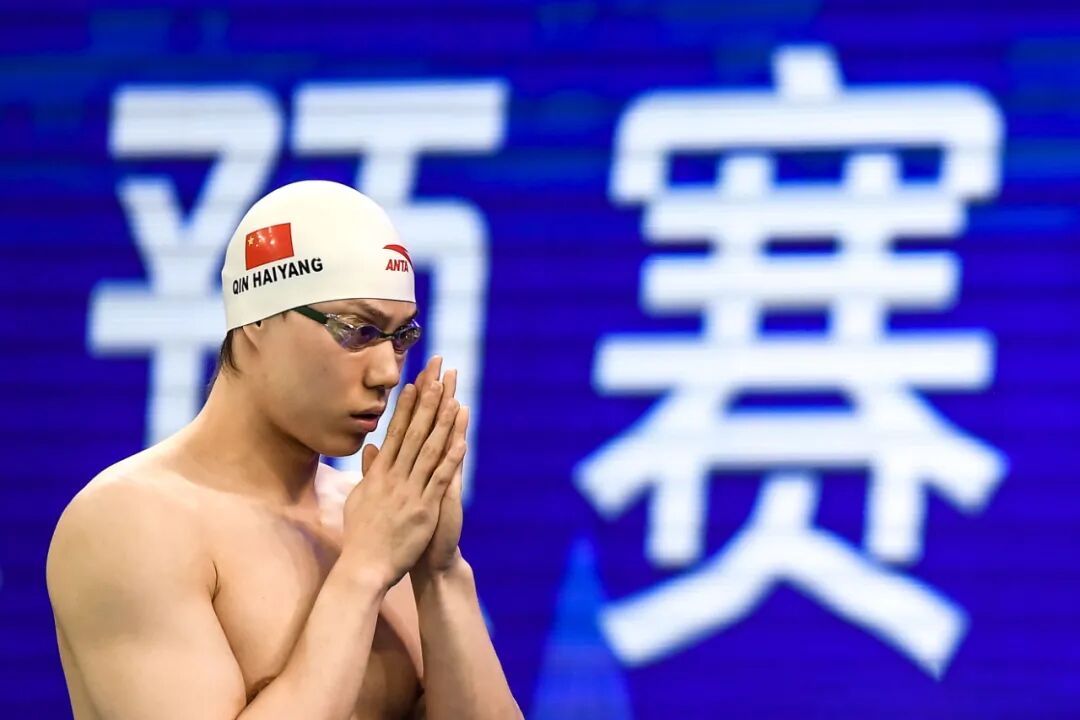
01
Torres' story says three things.
"I believe her performance ranks among the greatest in sports history, placing her alongside legends like Michael Phelps, Michael Jordan, and Tiger Woods."
The swimmer who earned such high praise is Dara Grace Torres. At the 2008 Beijing Olympics, 41-year-old Torres claimed three silver medals in the 50m freestyle, the 4x100m freestyle relay, and the 4x100m medley relay—bringing her total Olympic medal count to 4 golds, 4 silvers, and 4 bronzes.
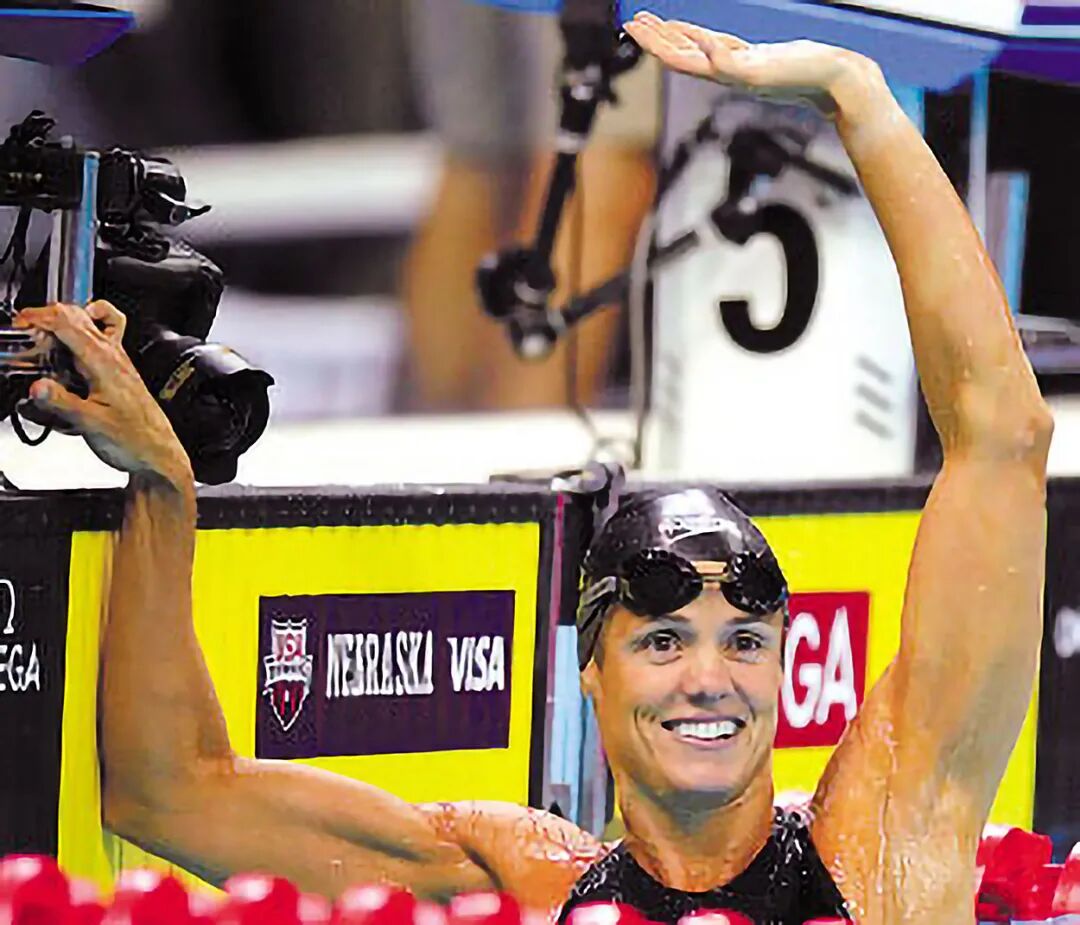
(Torres)
Here are three key points about her story: First, she won her first Olympic gold medal in 1984—24 years before the Beijing Summer Games. Second, this marked her second comeback. After successfully competing and earning medals at the 1984, 1988, and 1992 Olympics, she initially returned to compete again at the 2000 Games, where she claimed another gold medal. Finally, to dispel any lingering doubts about whether she might have used performance-enhancing drugs, Torres voluntarily joined a newly launched, enhanced drug-testing program introduced by the U.S. Anti-Doping Agency. As she put it: "I want to be completely transparent—I want people to know: I’m 41 years old, but I’m clean."
02
Elvin's story has three points.
Torres's silver-medal time at the Beijing Olympics (24.07) was one hundredth of a second slower than the gold medalist, while at the 2016 Rio Olympics, Anthony Lee Ervin's gold-medal performance was one hundredth of a second faster than the silver winner.
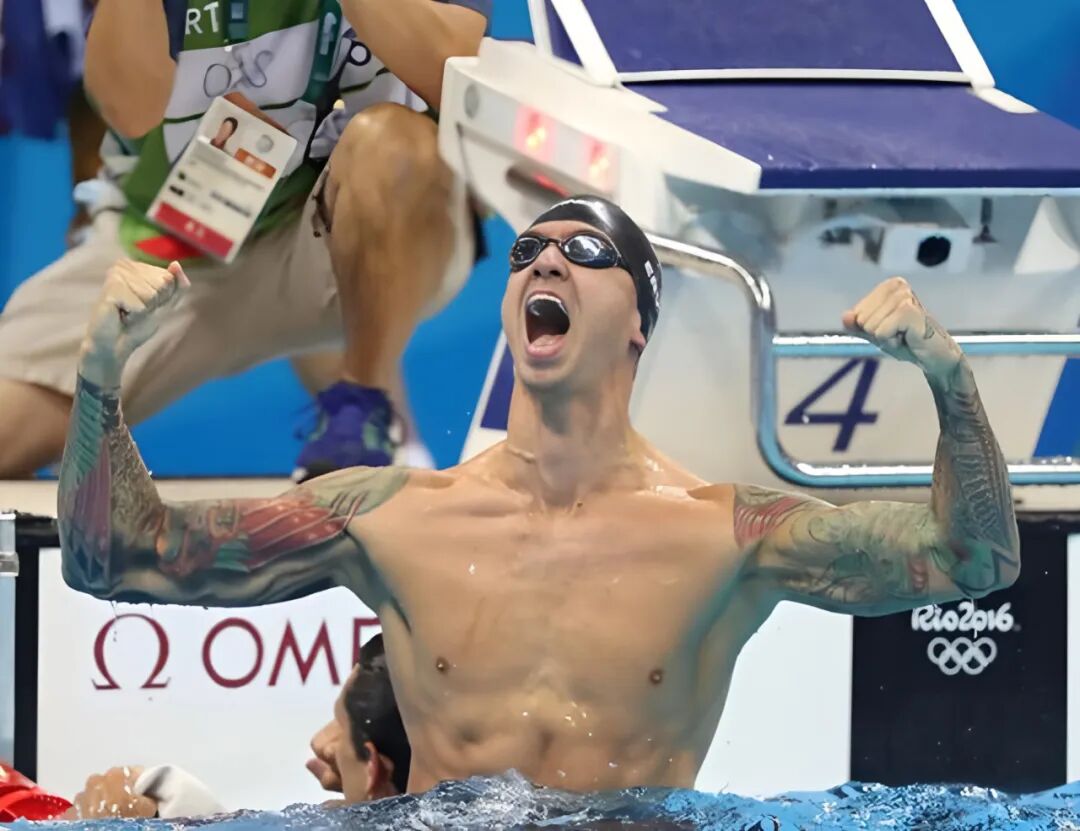
(Elvin)
Here are the three key points: First, he is the first African-American swimmer of any nationality to win an Olympic gold medal. Second, this marks his second Olympic gold in the men’s 50-meter freestyle—his first victory came 16 years ago at the Sydney Games. Back then, he was just 19 years old; today, at 35, he’s once again standing atop the podium.This is something even harder to achieve than repeatedly winning the gold medal in a particular project.Third, he also won the gold medal in the men’s 4x100m freestyle at the Rio Olympics.
03
Here are three examples of evergreen trees:
The stories of Torres and Ervin both demonstrate that, for short-distance swimmers, age isn’t an issue—or at least not a major one.
There are many more inspiring stories of swimmers who remain active and dedicated over the years—let me highlight three key examples:
First, Brazilian athlete Nicholas Araújo Dias dos Santos has previously won six gold medals at the Short Course World Championships and three silver medals along with one bronze at the Long Course World Championships— all in the men’s 50-meter butterfly event. Among these achievements,His last short-course gold medal and his final long-course silver medal both came at age 42, in 2022.
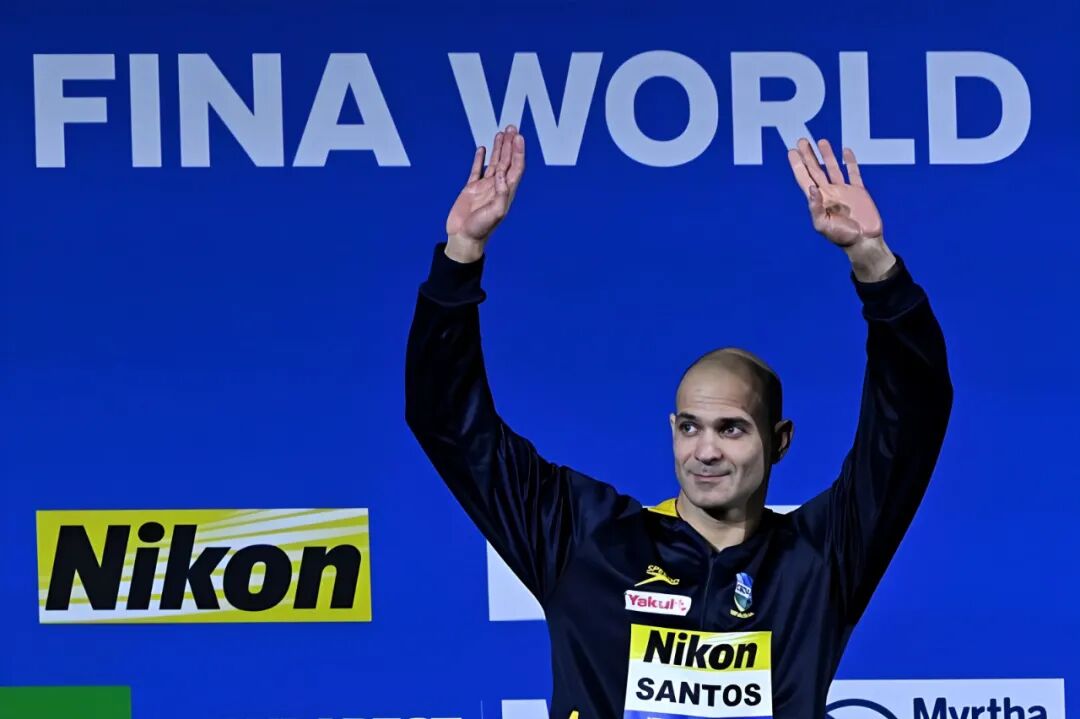
Second, four swimmers have competed in six Olympic Games. The first female athlete among them is Sweden’s Therese Alshammar, who has won three Olympic medals and 25 World Championship medals—most of which came in the 50m butterfly and 50m freestyle events.
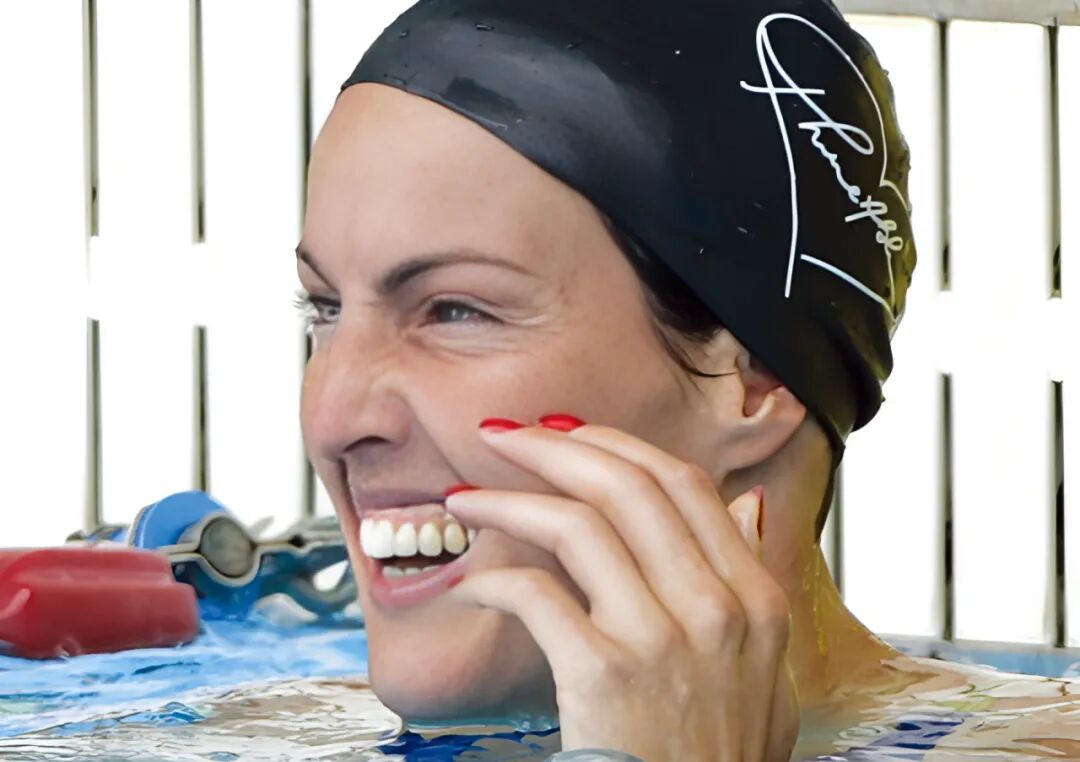
Third, from Beijing 2008 to Paris 2024, Sarah Fredrika Sjöström has competed in five Olympic Games, earning a total of six Olympic medals—including three golds—and 36 World Championship medals, including 20 golds (14 in long-course events and 6 in short-course). Yet her crowning achievements came at the Paris Olympics, where she claimed gold medals in both the 50-meter and 100-meter freestyle events. By the time the Games return to Los Angeles in 2028, she’ll have one more compelling reason to compete—She has won six gold medals in the 50-meter butterfly event alone at the World Championships in long course.
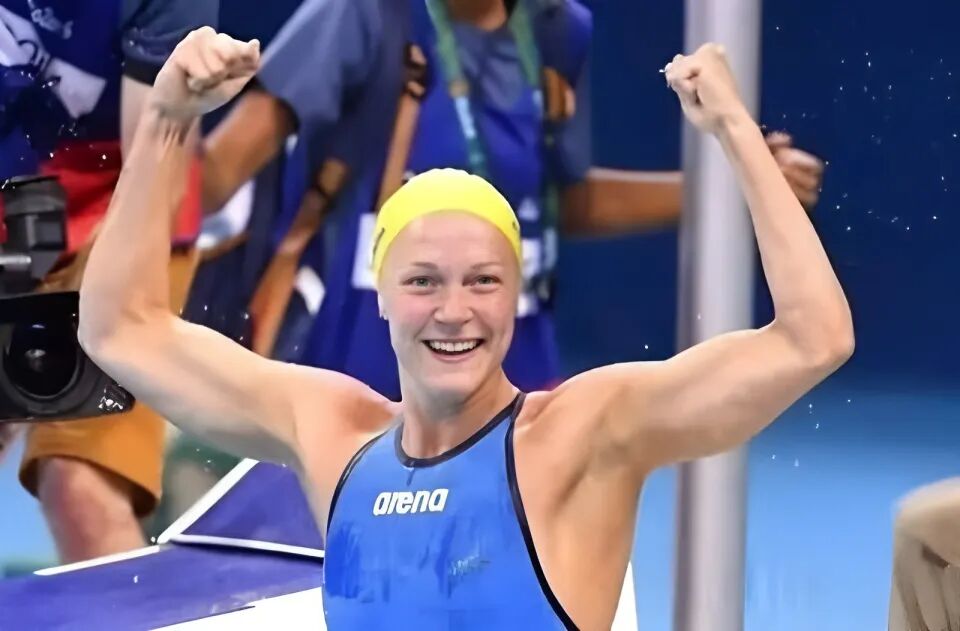
In short, having six 50-meter events at the Olympics will allow veteran and celebrated swimmers to extend their competitive careers—and it will give rise to even more stories and legendary moments in the sport.
04
The man doing butterfly says three.
China's weak point in men's swimming is butterfly, and at this year's championships, China...The only event that didn't meet the A standard was the men's 50-meter butterfly.(Note: Although Pan Zhanle didn’t meet the qualifying time in the men’s 50m freestyle at the Shenzhen Championships, his 21.99-second performance at last year’s championships did qualify him.) However, the Chinese team managed to historically end the U.S.’s 60-year gold-medal dominance at the Paris Olympics, and Pan’s impressive showing in the butterfly event was one of the key factors behind this remarkable achievement.
When it comes to men's butterfly swimming in China, here are three key figures—
First is Chen Jun'er. After Sun Jiajun and Wang Changhao became Olympic champions, the person likely feeling the most disappointed was probably him—after all, he was once China’s top male butterfly swimmer. His time of 1:54.16 in the 200-meter butterfly during the 2023 spring competition was good enough to qualify for the Olympic final. But at this year’s championships, Chen Jun'er rallied himself and delivered an impressive 51.03-second finish in the 100-meter butterfly.While this result currently places only 15th in the world during Singapore's World Championships qualifying period (March 9, 2024, to June 29, 2025), it’s estimated that the ranking will drop to 30th or lower by the time the championships begin.However, it has given China’s men’s 100m butterfly event three swimmers capable of swimming times under 51.50 seconds.
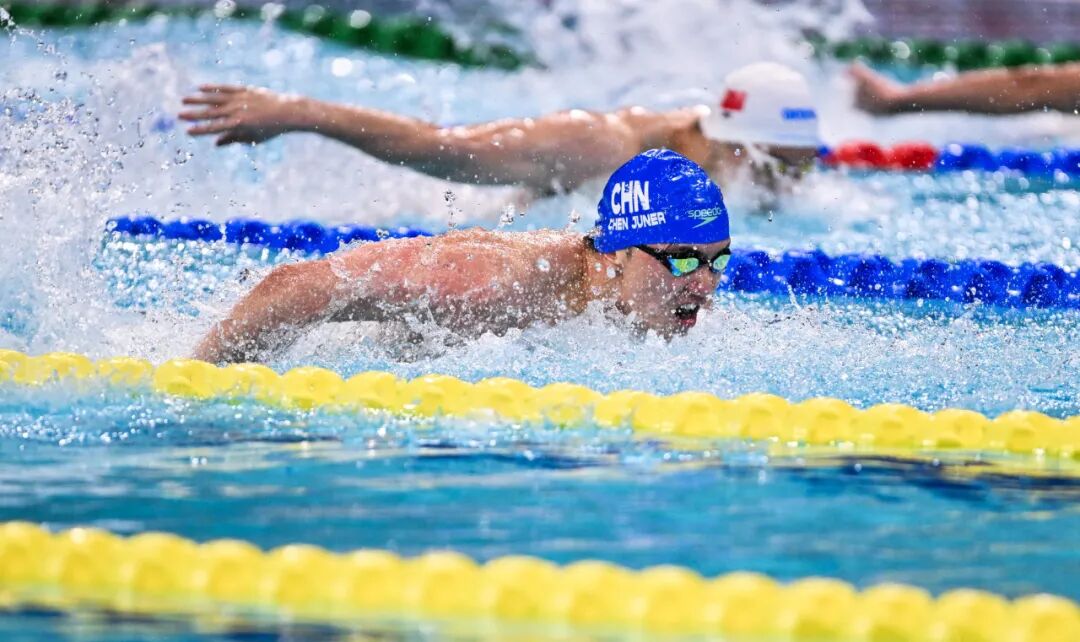
(Chen Jun'er)
Second is Sun Jiajun. If Chen Jun'er’s success this time was rooted in sheer determination, then Sun Jiajun’s triumph in Paris came from a strategic career pivot: just in time before the Paris Olympics, he switched his main event from breaststroke to butterfly—and the result was an unexpected delight.
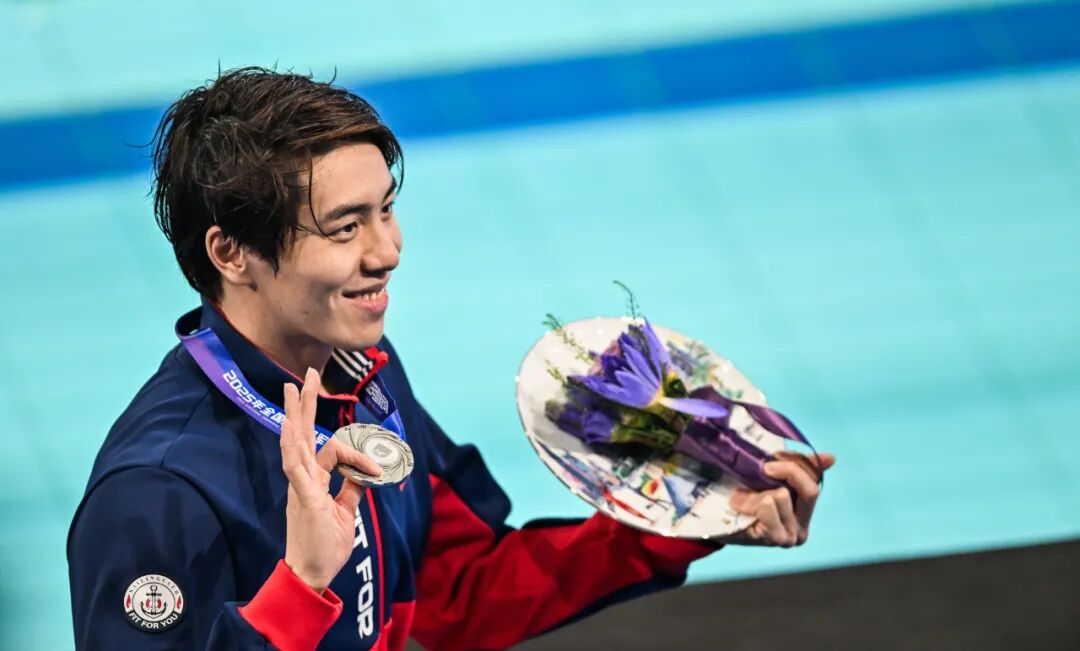
Third is Wang Changhao. Although the national record he set in the 50m butterfly isn’t particularly impressive—ranking him outside the world’s top 30 this year, just within the qualifying period for the World Championships—he’s at least now got a clear direction to strive toward. Without sufficient effort, promising athletes like Xu Fang, Niu Guangsheng, and Wang Xizhe, who have already met the A-standard in the 100m and 200m butterfly events at the championships, could very well surpass him down the line.
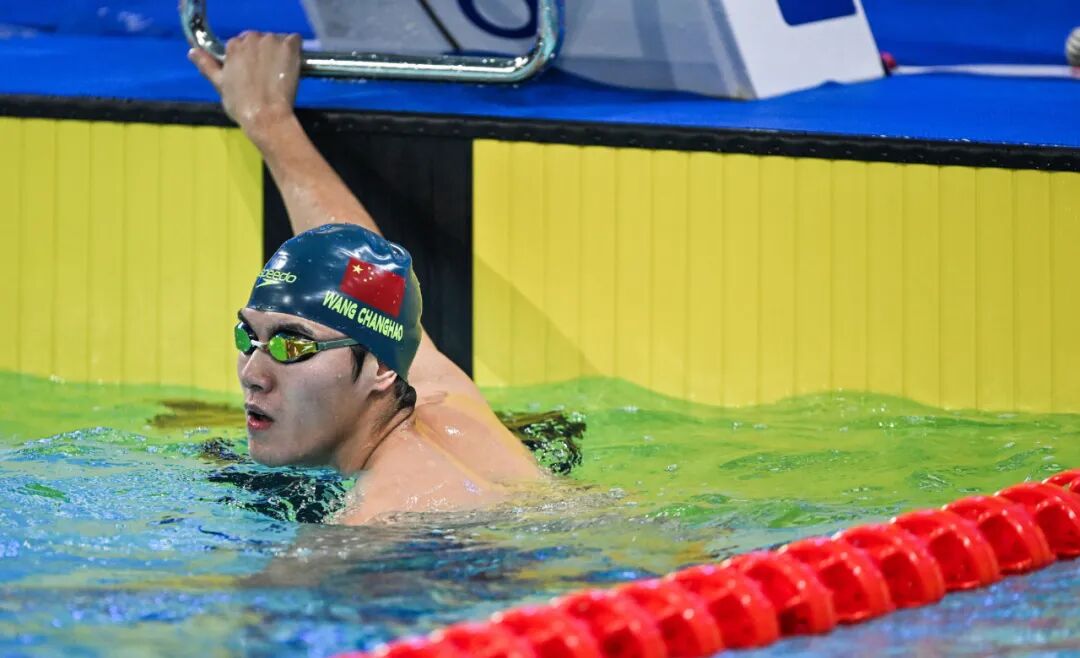
05
The "veteran" returning to the Olympics names three.
Six 50-meter events making it to the Olympics will allow several veteran Chinese athletes to keep chasing their dreams.
An important figure says three—
First is Zhang Yufei. Clearly, after first earning a World Championship medal in the 200m butterfly event ten years ago, she’s now working hard to transition into shorter-distance events—particularly the 50m race—as she heads into her fourth Olympic Games. Despite facing tougher international competitors and stronger teammates back home, she remains determined to make her mark.
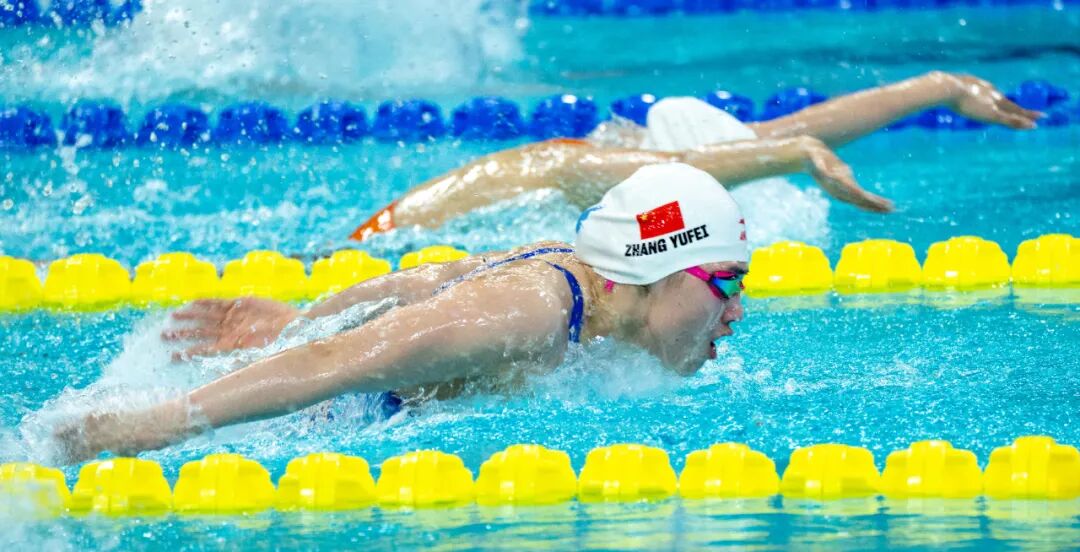
(Zhang Yufei)
Second is Xu JiaYu. In recent years, Xu JiaYu’s biggest improvement has been in his 50-meter backstroke performance—since the Shenzhen Championships, all 20 fastest-ever times in this event for China have belonged to him. Notably, two of his personal bests were set at the Hangzhou Asian Games and this year’s National Championships, respectively, whereas his previous national record was set back in 2017. Qualifying for the Olympics in the 50-meter backstroke has become a powerful motivator for Xu JiaYu as he gears up for his fifth Olympic appearance.
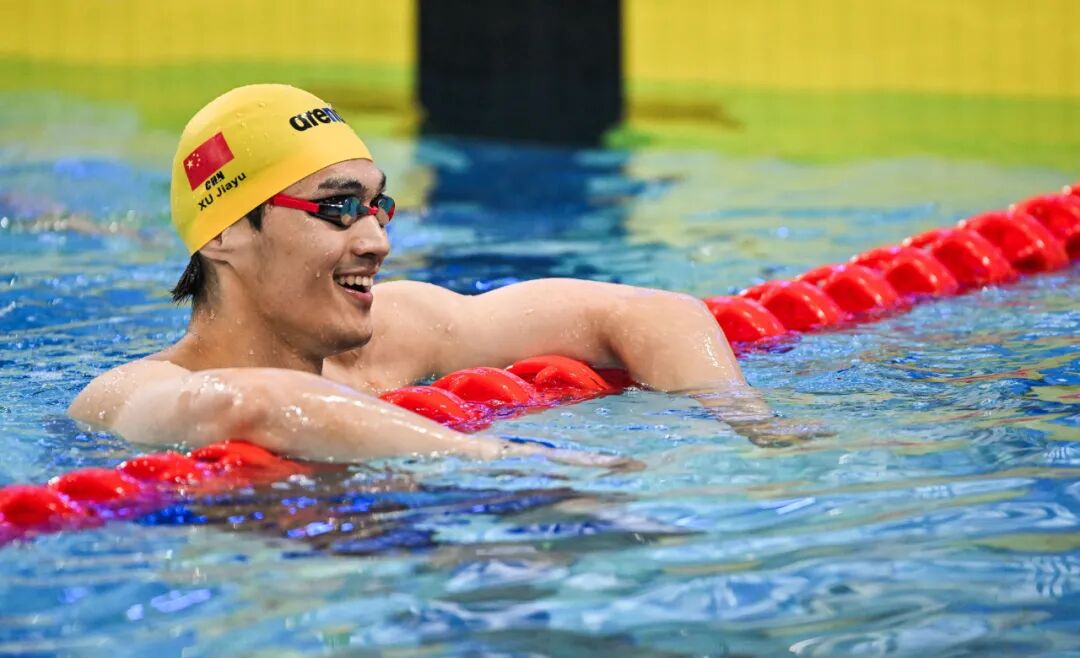
(Xu Jiayu)
Third is Yan Zibei. Although he already serves as a coach, his 50-meter breaststroke ability remains strong—indeed, with consistent training, he’ll still be a contender for medals on the domestic stage at the very least.
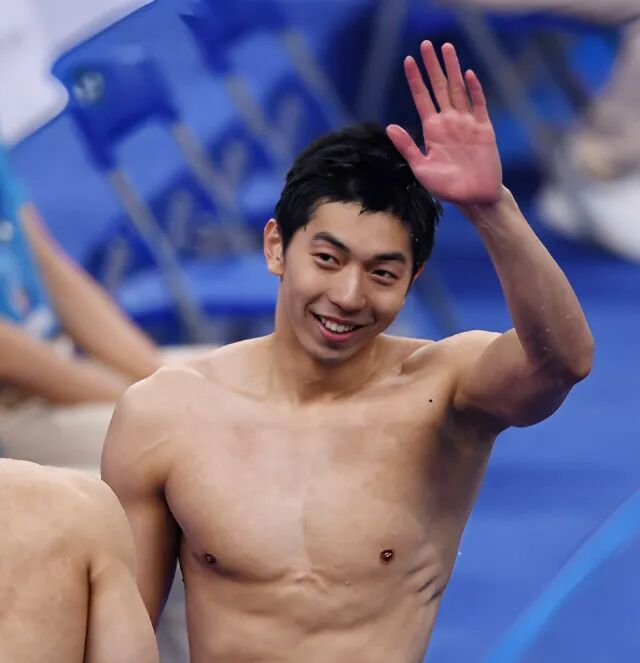
By the way:China and the U.S. have a "2=5 phenomenon" in swimming strength: the level of China's second-best individual swimmer typically matches that of the U.S.'s fifth-ranked swimmer—though this doesn't apply to men's breaststroke.The reason lies in the fact that the Chinese team boasts three high-caliber athletes: Qin Haiyang, Sun Jiajun, and Yan Zibei. Accelerating the development of the second-tier competitors in each event is not only strategically vital but also sets the right direction for Chinese swimming. To achieve this, both younger talents need to step up, while experienced veterans must continue contributing as well.
06
There are three areas where the gap with the world remains significant.
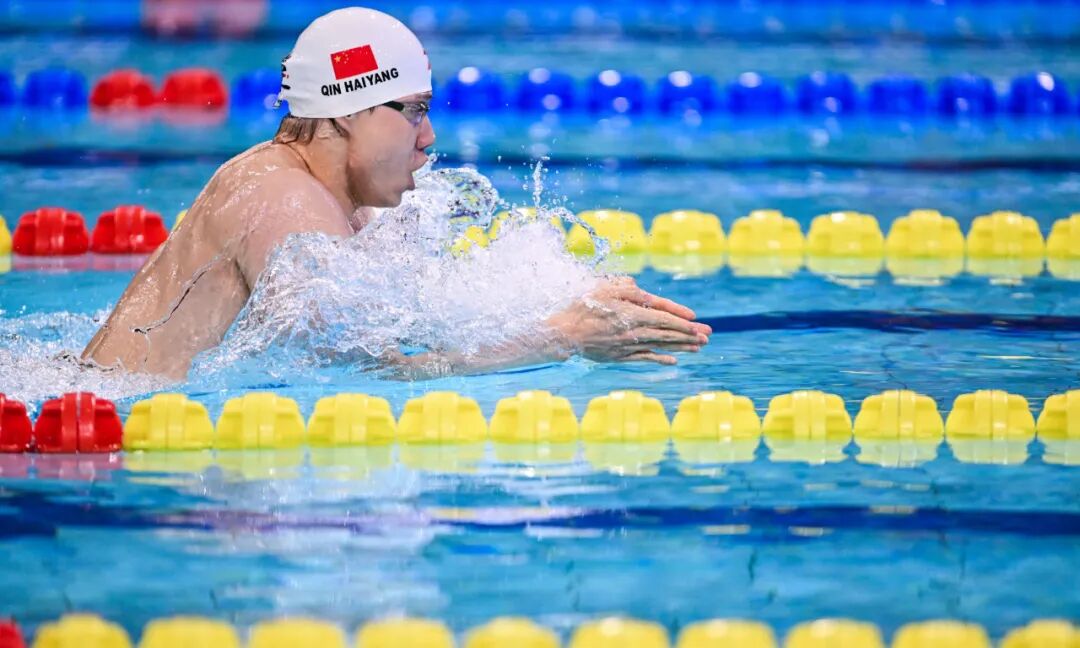
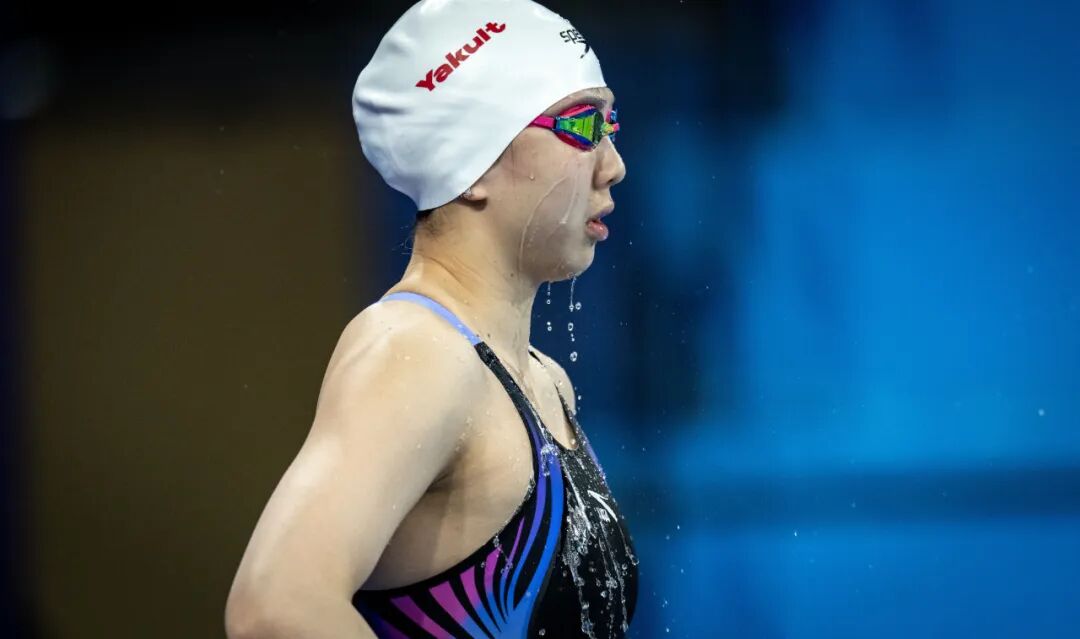
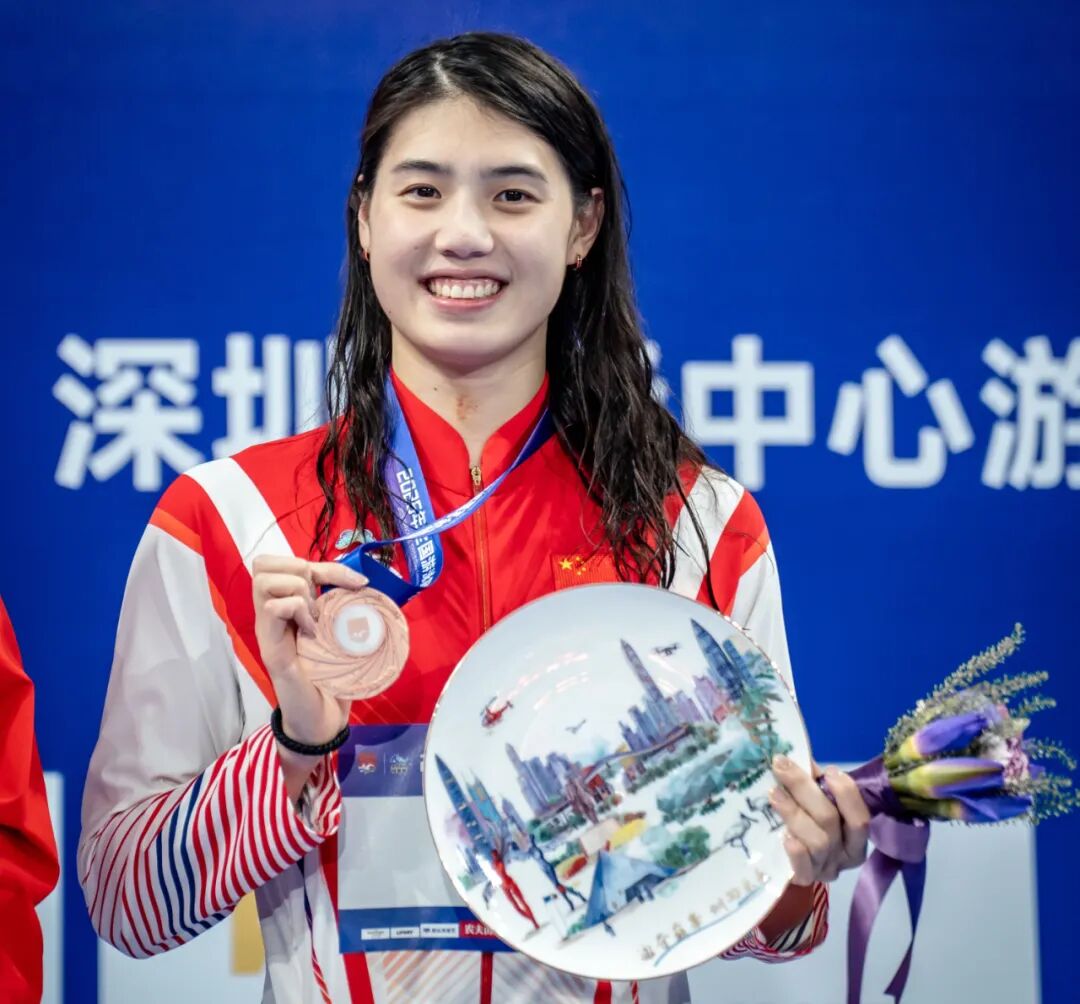
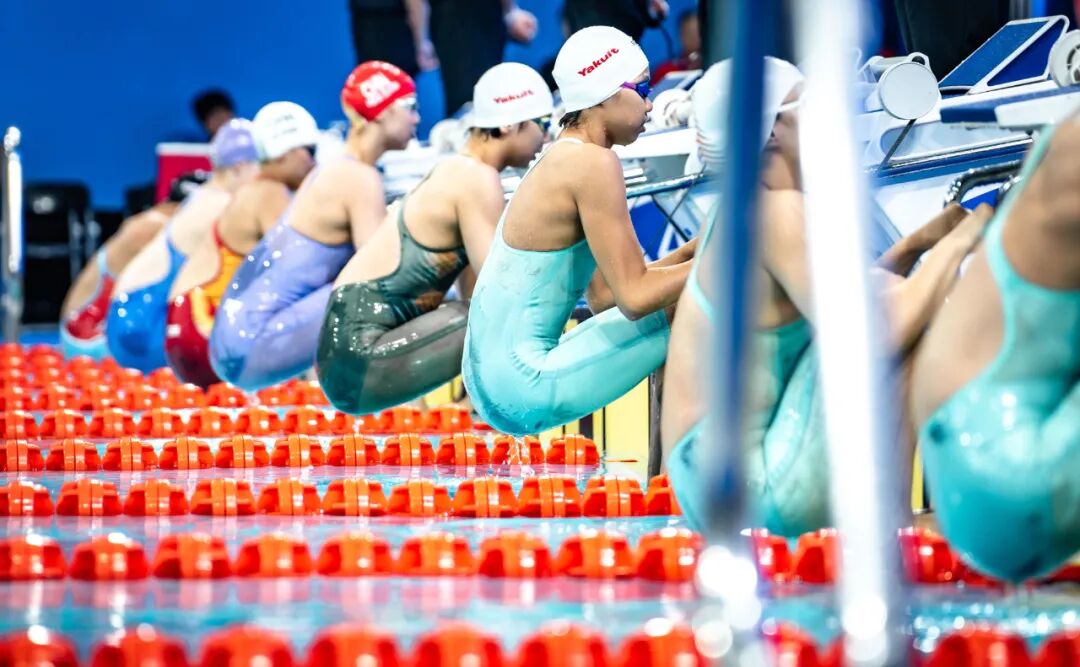
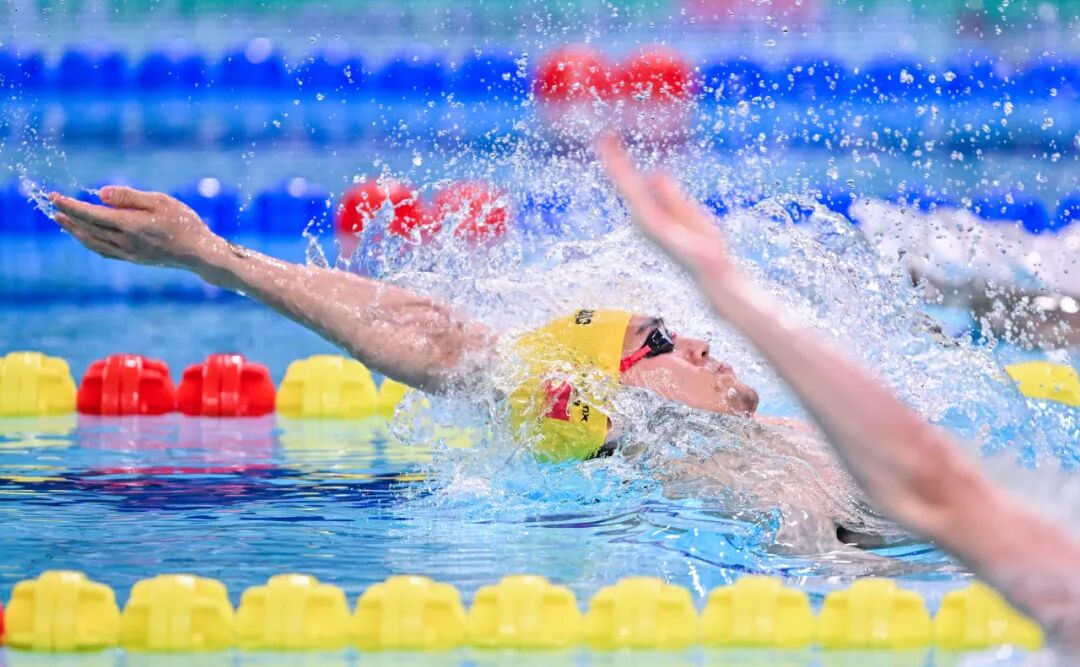
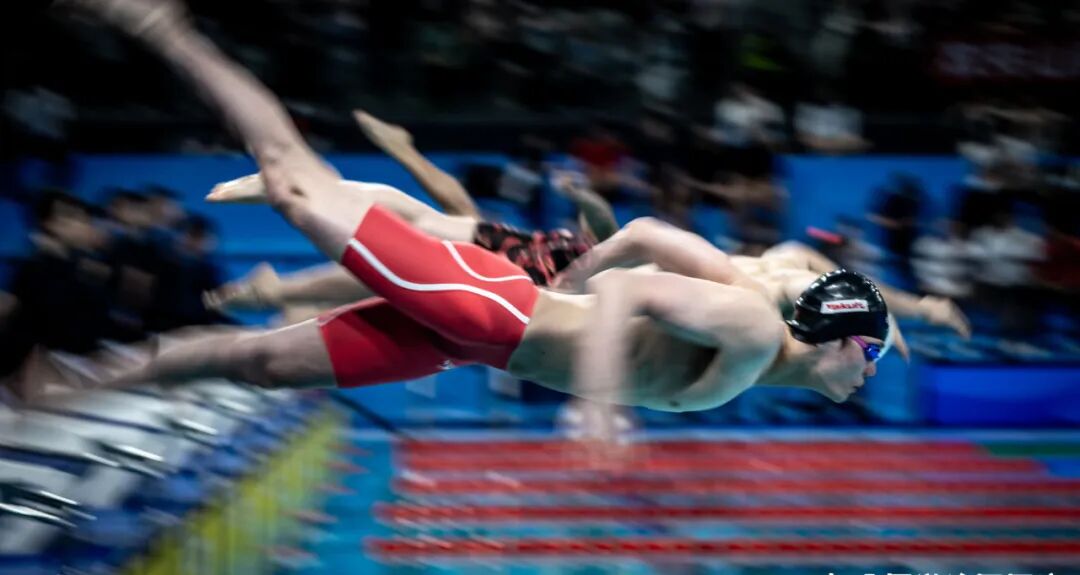
In short, with six 50-meter events making the Olympic cut, Chinese swimming now faces both hope and challenge—after all, the global swimming scene has become even more competitive as a result.
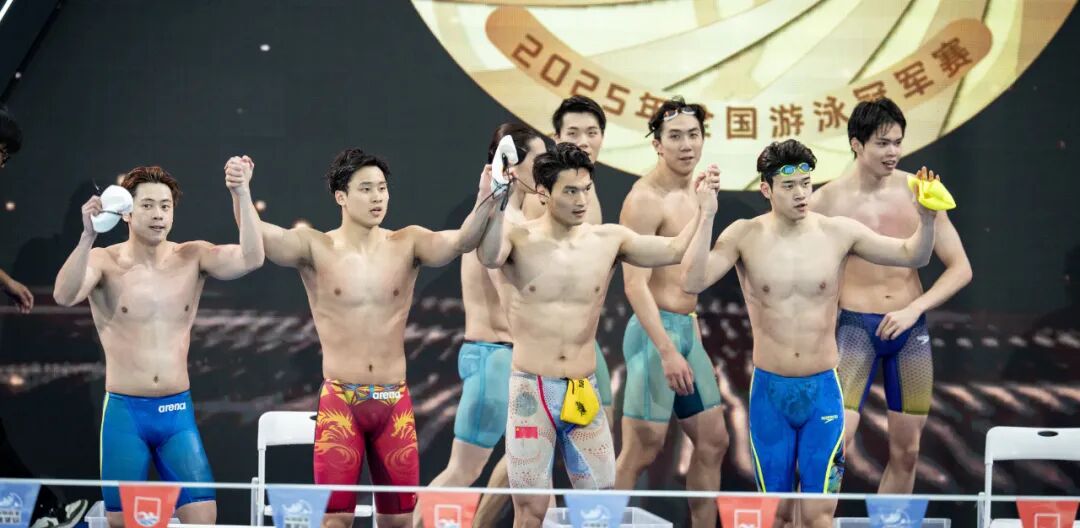
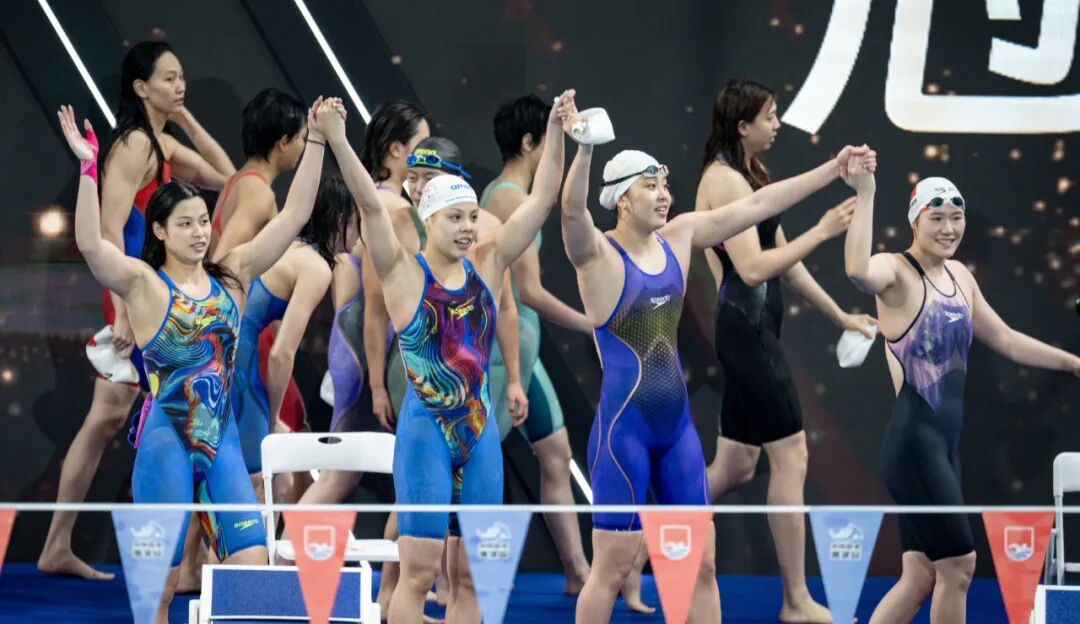
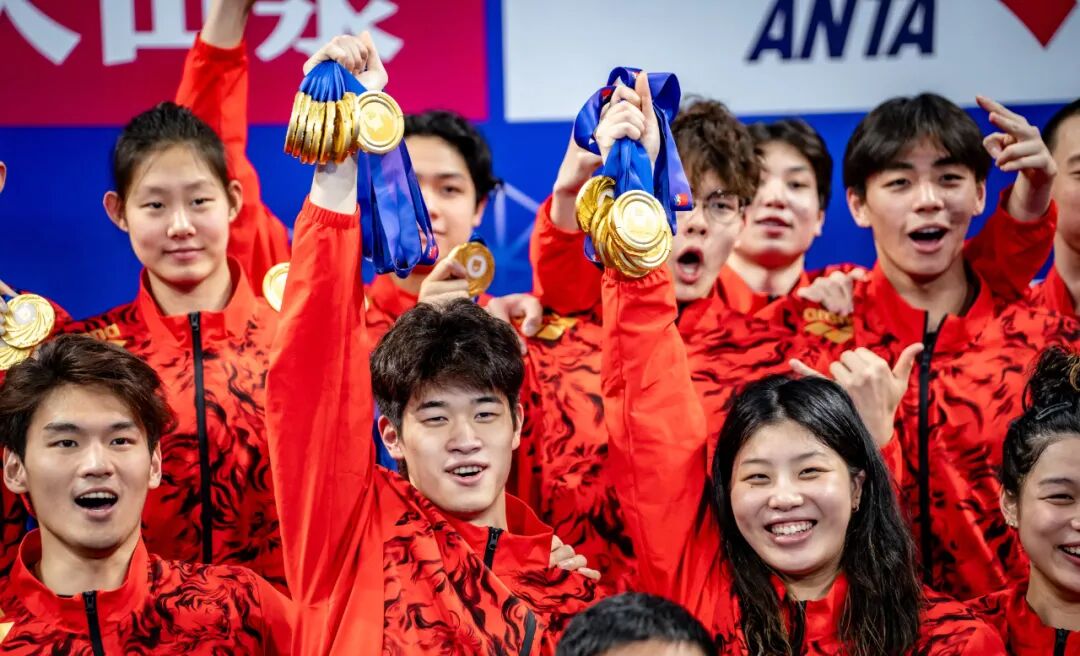
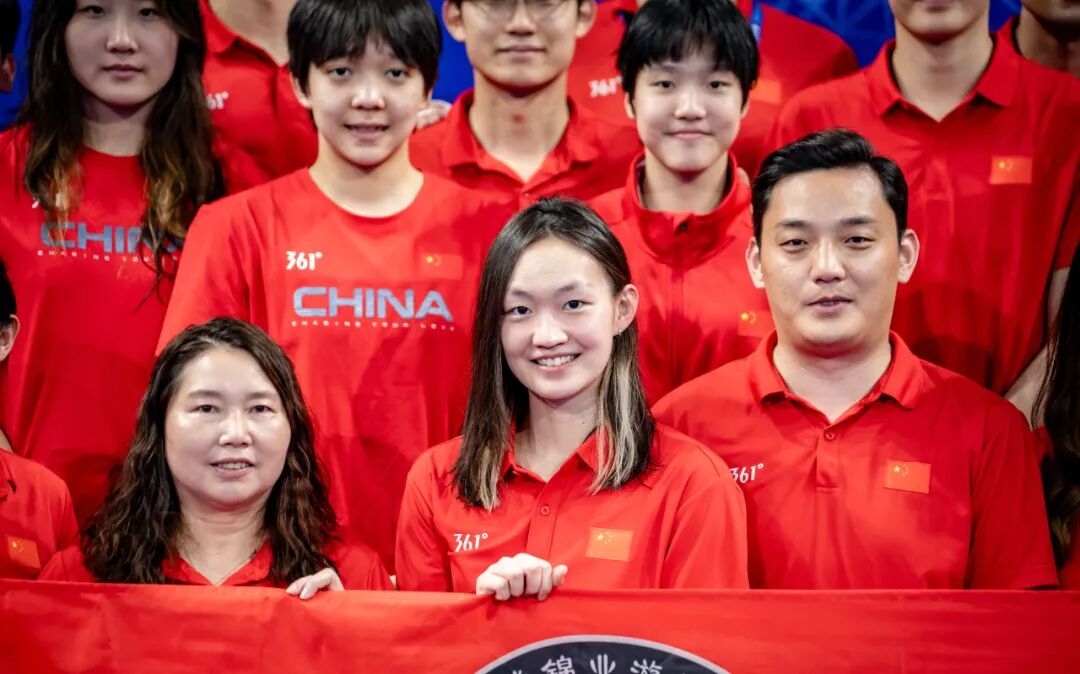
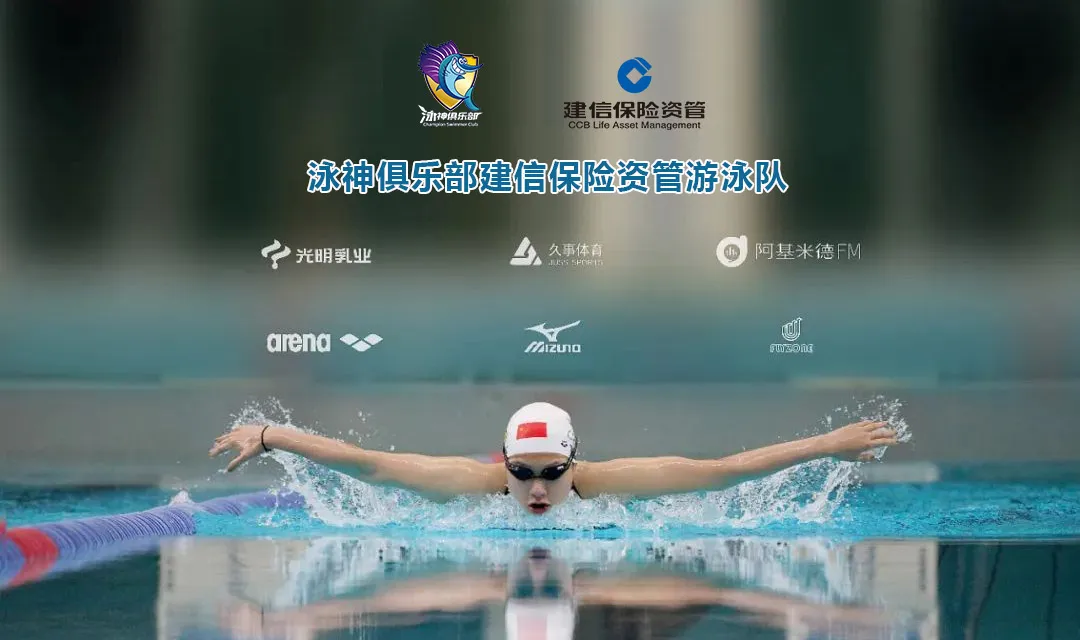
Want to know more about the latest updates from the "Swimming God Club"?
Want to compete alongside the legendary swimming star?
Want to get up close with the champion athlete?
Scan the QR code below
"Swimming God Club"
Bringing you more updates~

